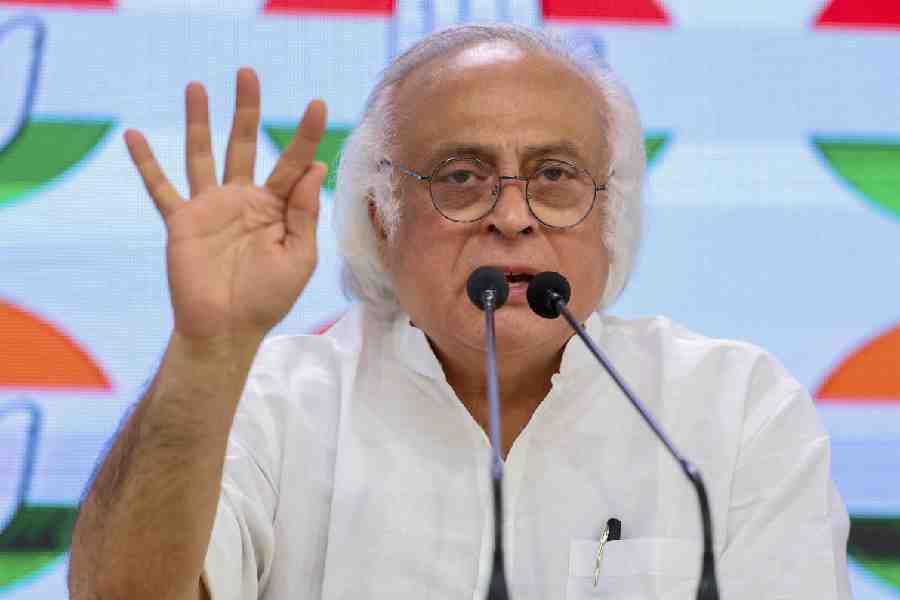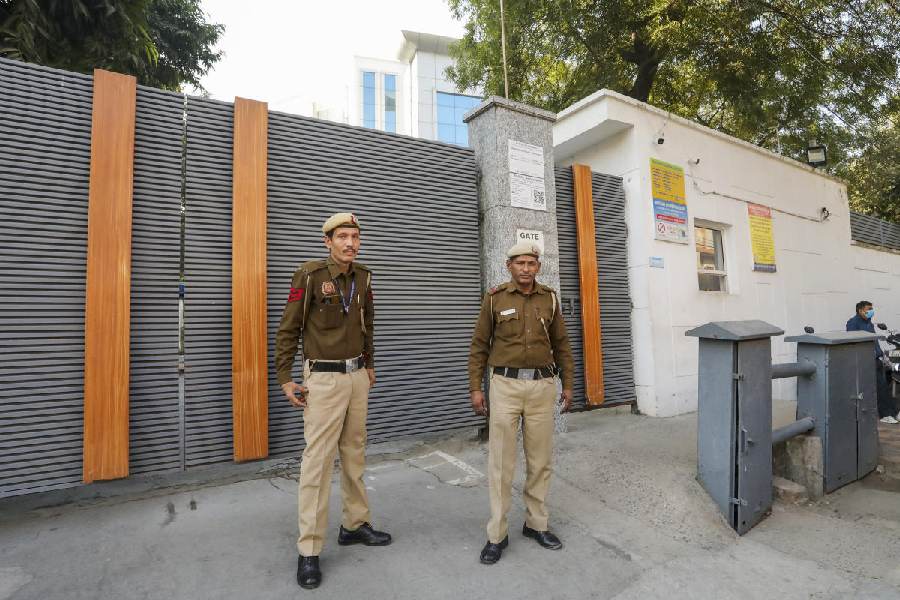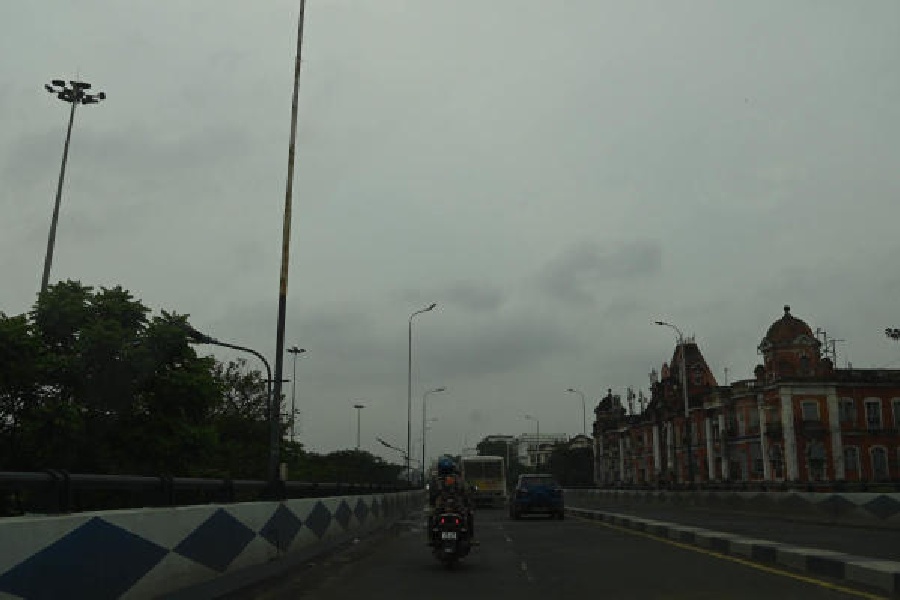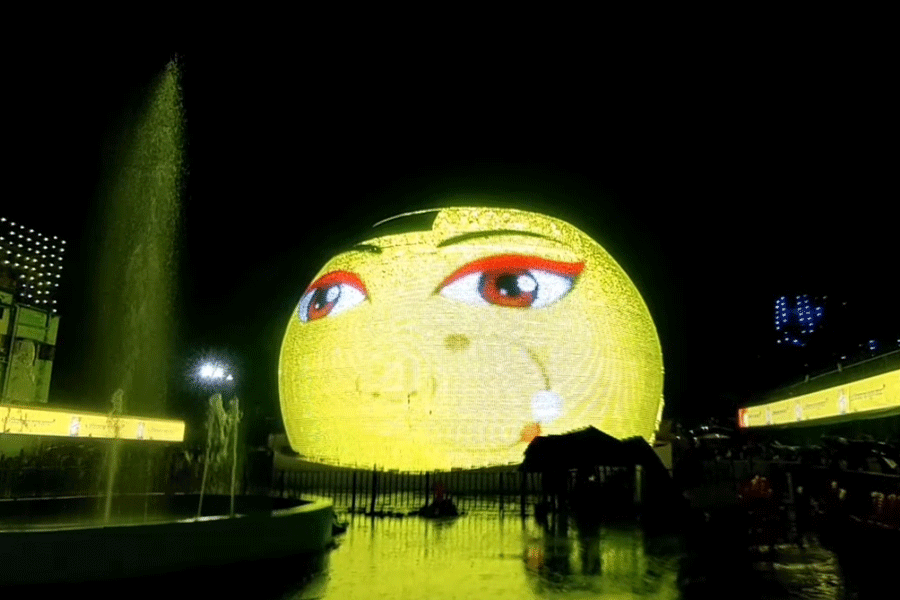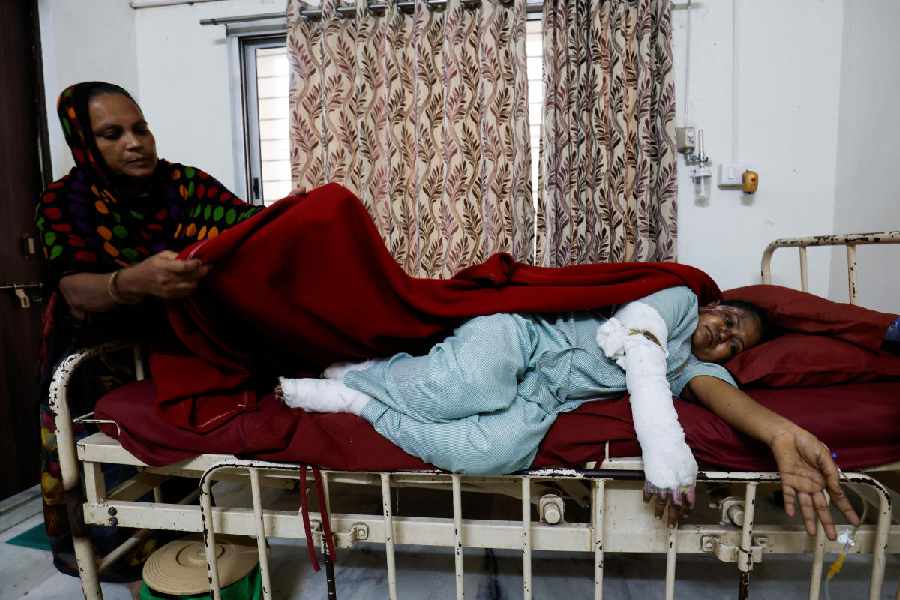|
|
| Just perfect |
I have never been to Gopalpur-on-Sea, probably because no trains go there (you need to change to a bus at Berhampur), and therefore it remains pristine in my imagination, unsullied by those tedious things known as the facts on the ground. I like to think it has a pier with a bandstand on the end, a long line of gaily-painted bathing huts strung across the top of the beach, children digging with buckets and spades in the sand, and a boat called the Skylark that for a few rupees will cruise you round the lighthouse. In the evening, our bathing suits hung out to dry, we’ll sit in our bungalow and play Snap or Monopoly before sipping a glass of pink gin (“Ice, dear?”) and lingering over a dinner that ends with steamed honey pudding. “Well,” we’ll say to each other over the coffee, the children in bed, “hasn’t this been a perfect start to our holiday? Tomorrow let’s take a picnic and go shrimping.”
Of course, it can’t be like that. In fact, from the stories of those who have been there, I know it isn’t like that. But there is no other place in India with a name that so immediately suggests a particular kind of Englishness — the English seaside in summer. How Gopalpur came to have its ‘on-Sea’ suffix is something I’ve never discovered. It seems to have happened in the 20th century rather than the 19th. Murray’s Handbook for 1907 doesn’t even mention Gopalpur, while Berhampur, the nearest inland town, is noted only for its “tussore silk cloths and gold-embroidered turbans”. But in the later editions of what was once India’s most celebrated and reliable guidebook, Gopalpur-on-Sea gets several lines: “a holiday resort... excellent bathing; good hotels and boarding houses, Inspection Bungalows and Youth Hostel; excursions to Chilka Lake, Phulbani (tribals), Taptapani (hot springs).”
My speculation is that its heyday came in the 1920s and 30s when Calcutta box-wallahs and other British expatriates decided that seaside pleasures could at last be transposed from the old country. Exposure of European female flesh to Indian eyes was no longer quite so taboo, and the sea at least offered an easy-going alternative to the official tradition of a fortnight in cool but cloudy Darjeeling. In Puri, the Bengal and Nagpur Railway opened its hotel on the seafront in the early 1920s. Sometime later, Gopalpur got its equivalent, the Palm Beach. You might say that in Bengal in those years there was a small British drift to the sea.
What did they expect to find there? Among other things, their childhoods. ‘The seaside’ is a phrase that in English adults conjures often-idealized memories (see Enid Blyton, or my first paragraph) of family holidays spent in sunny innocence. Railways and an industrial working class that had a little disposable income in its pockets gave Britain the world’s first big seaside resorts: Blackpool, Scarborough, Skegness, Lowestoft. They could be noisy and vulgar, but on their shores there always lay the pastimes — paddling in the sea, digging in the sand — that line our hearts with our earliest idea of heaven. The British summer is unreliable — for every memory of sunshine I have another of watching the rain stream down a seaside window — and the fortunes of many of these towns declined after holidaymakers discovered they could fly to the more constantly sunny Mediterranean just as cheaply. The smaller middle-class resorts proved more resilient. They were prettier and less raucous. They are the ones you tend to find depicted in children’s books, where yachts sail across the horizon and pipe-smoking old sailors can be befriended on the quay, and it is these places, rather than the fun-factories of Blackpool or Brighton, that the name ‘Gopalpur-on-Sea’ suggests to an English mind.
The prime minister, Gordon Brown, is now spending his August holiday in just such a resort: Southwold, a handsome little town of 3,000 people that stares into the North Sea from the Suffolk coast. He and his opponent, the Tory (and likely next prime minister) David Cameron, both made the political calculation that choosing to spend their holidays in Britain would help their domestic reputations. At one time, very few people knew or cared where prime ministers chose to relax with their families, but that was a different and more private age before every bit of a politician’s personal life was scrutinized for meaning — and fault. Holidays first became a political issue with Tony Blair, who was always jetting off to glamorous villas in Tuscany or the Caribbean and prompting questions in newspapers about who was paying the rent. Britain isn’t so prosperous now: house prices are tumbling, credit has dried up, the cost of food and fuel rising by jaw-dropping amounts. Brown, who has said he ‘feels the pain of the British people’, needed to be seen as a patriotic, low-key kind of holidaymaker.
But Brown is now at the late — some would say terminal — stage in his career when he can never do anything right. Cameron went to Cornwall and all that happened was a picture of him in sporty shorts kissing his attractive wife on a beach. Brown, on the other hand, has suffered nothing but mockery for choosing a resort that unsympathetic newspapers (which is most newspapers) refer to as ‘Islington-on-Sea’, implying that the kind of people who spend their summers in Southwold are the same kind of people who live in that part of North London. What kind of people are these? In an earlier era, the writer Alan Watkins coined the term, “chattering classes”, for the liberals of Hampstead. The middle-class of Islington has taken on some of that mantle, since you would now need to be a Kuwaiti merchant banker to afford a house in Hampstead. Broadly, as a political pejorative, ‘Islington’ is a shorthand for people who read The Guardian, are broadly sympathetic to Labour, work in ‘creative’ industries such as the media, and over the past twenty years have become much richer. They (or ‘we’, because I also live there) are easily satirized. It was typical of Brown’s bad luck, as well as the media’s antagonism, that he should have picked the only seaside resort in Britain that could be ridiculed not for its old-fashionedness — the usual charge — but for its modish tastes in virgin olive oil and Sauvignon blanc.
Still, Southwold is very nice. It has a Victorian brewery and two even older hotels at its centre, no crime to speak of, crooked streets leading to the sea, a pier with amusements, a beach lined with beach huts. Elderly people stand with walking sticks looking at the waves.
“Fine morning, Mr Godwin.”
“Lovely, just perfect, Mrs Smith.”
Several writers have summer houses there — P.D. James, Julie Myerson, Richard Curtis, Esther Freud (whose grandfather, Sigmund Freud’s son, began a tradition of family holidays in Southwold in 1933). You can see why. Its beach huts, its old sweet shop and its little cinema offer the perfect re-creation of an English childhood forty or fifty years ago, but minus the discomforts of that time. It’s an idealization, a fantasy. At the cinema, the audience, perhaps ironically, still stands up for God Save the Queen. I like to think Gopalpur-on-Sea survives similarly, and for that reason I shall never get off the Chennai train at Berhampur and take a bus to find out.



